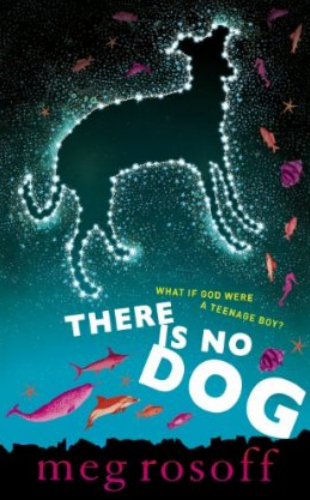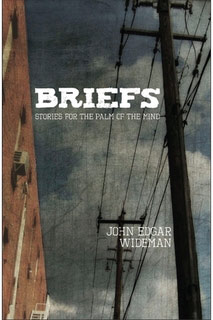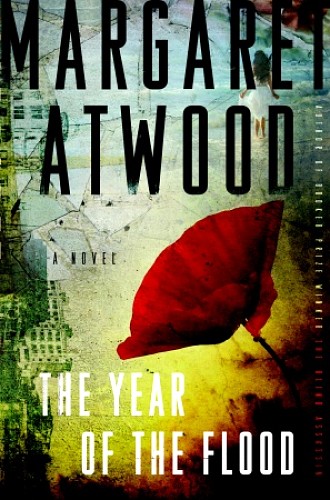I was truly surprised by King’s new novel. And I didn’t have high hopes for it.
After finishing (and greatly disliking) Under the Dome, I debated whether I was done with King. After reading the disappointing Mile 81, I was sure I was done with King. But decided to give him one more change.
Boy am I ever glad I did!
Jake Epping, an English teacher from 2011, is given the chance to go back in time. His friend Al Templeton has a supply closet in his diner that also happens to be a rabbit hole to September of 1958. Al is dying and leaves Jake with an important task: go back in time and stop the assassination of JFK.
This is easy feat. Because the past is obdurate; it moves against Jake and doesn’t want to be changed. But there are also other distractions.
One is: Did Oswald do the deed alone? Jake must determine this before he acts. The second? A woman named Sadie who Jake falls in love with. Will he risk everything, even the love of his past life, to save another?
At 850 pages, my meagre summary of the plot doesn’t come close to covering everything that happens in 11/22/63. But that’s okay. No plot summary would come close because there is so much life in this novel. The parts where Jake is living through the fifties and sixties really come to life in King’s writing and the stories contained within are ones that are at once timeless and essential.
It’s a novel that you want to live in. Rarely have I been so affected by a novel. It really wasn’t about the assassination, but about the characters and that is where King really shines. He made an 850 page novel seem like it was 300 pages; that is how good the writing is.
There are no supernatural elements to the novel, but that isn’t a downside. King has tried something different by writing what could be loosely described as historical romantic fiction. The good thing is that he succeeds on every level.
I loved this book so much that I didn’t want it to end. When I did finish it, I was left breathless, teary eyed and wanting more. That is the mark of a great book and this is Stephen King’s best work to date, hands down.









